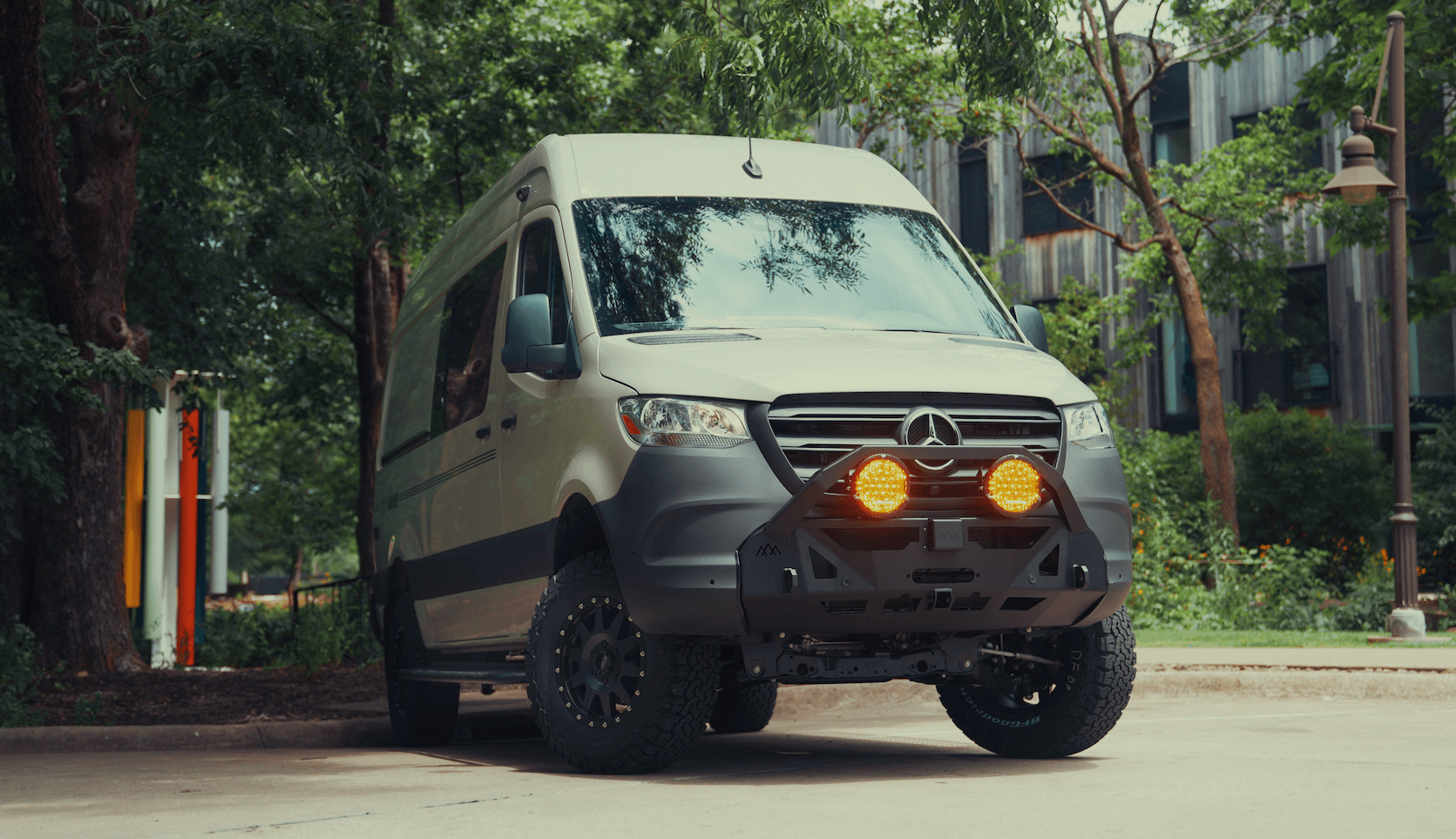Recreational Vans

Hidden storage turns dead space into useful, secure capacity without advertising what you carry. In mobile spaces where every cubic inch matters, concealed compartments keep tools, electronics, and essentials out of sight while keeping them close at hand. Done well, these solutions ride quietly, survive washboard roads, and never interfere with safety systems or service access.
Hidden storage is not only about secrecy. It is about organization and balance. A well placed compartment can lower the center of gravity, shorten pack and unpack time, and protect fragile items from impact. The best designs feel invisible until you need them, then open quickly with one hand.
Security is the obvious benefit. Concealed compartments reduce visual targets that invite opportunistic theft in trailhead parking and urban curbside stops. By removing gear from open sightlines, you reduce curiosity and risk.
Usability matters just as much. Small rigs become easy to live in when there is a place for everything. Hidden storage helps you create repeatable homes for specific items so you do not shuffle bins each day. That consistency speeds setup and teardown, especially in bad weather.
Noise is another reason to plan concealed spaces. Loose items rattle, buzz, and knock. Compartment walls, foam liners, and positive latching can silence road noise, which reduces driver fatigue and keeps the cabin calm.
Weight distribution is critical. Hidden compartments lower and centralize mass when placed in the floor or along the frame rails. Heavy items carried high or far aft increase body roll and braking distance. Concealed storage designed around load ratings helps maintain predictable handling.
Serviceability and safety close the list. Designs should not block access to fuses, sensors, seat belt anchors, or airbags. Before you conceal a cavity, confirm what passes behind it. Modern vehicles route wiring, heaters, and airbag inflators through panels and pillars. A hidden space must never interfere with those systems.
Underfloor cavities are efficient because they use the lowest, least visible volume. False floors over corrugations in a cargo van can host shallow drawers for laptops, camera gear, or recovery tools. A raised aisle with lift out lids keeps infrequently used items flat and quiet. Entry steps and threshold boxes often hide narrow but long spaces ideal for tire repair kits, first aid, or tow straps. These areas should use durable liners and seals to keep dust and moisture out.
Side wall cavities can hide slim items like tables, screens, or soft goods. Removable panels with flush hardware preserve a clean look while keeping fast access. Ceiling soffits and cabinet valances offer stealth storage for lightweight items such as maps, cords, or rain shells. Maintain adequate clearance for airbags and curtain deployment zones, and always respect mounting points designed by the vehicle maker.
Rear doors, sliders, and barn doors can host shallow compartments behind trim, using rigid backers so the door still shuts firmly. Magnetically retained panels avoid visible latches and keep the look factory clean. Seat bases often offer unused room for compact safes or lock boxes. Ventilation and heat shielding are important around heaters or electronics, and placement should not restrict seat movement or access to bolts.
Structure and materials
Hardware and latching
Noise control
Safety checks
Security strategy
Weight and placement
Legal notes deserve a moment. In some jurisdictions, concealed compartments may be regulated when used for illegal transport. For lawful travel, hidden storage that protects personal property is a practical, common solution. Know local laws, especially when crossing borders or passing through multiple states.
Testing seals the deal. Load the compartment, drive rough pavement, and listen. If you hear a rattle, find it before it becomes habit. Check that every latch remains shut during emergency braking. Confirm that you can reach critical items even in darkness.
A final thought on access: Plan the first open with cold fingers, a headlamp, and gloves. If you can find and open the panel under those conditions, you have designed a reliable solution for real conditions.
From ideas to execution, the best concealed storage looks simple because the details were obsessed over. Quiet panels, firm latches, smart foam, and balanced loads create confidence every mile.
When you want hidden storage tailored to your vehicle and travel style, skilled fabrication makes the difference. Custom compartments need clean fitment, strong anchoring, and careful routing around safety systems.
If you are exploring a full adventure van or a partial upfit that prioritizes secure, stealthy storage, you can see how a professional build weaves it into the entire layout. Explore Recreational vans builds to understand platforms and possibilities, step into our Custom build van process for one off solutions, or review our Mainstream vans for finance friendly options that still make room for concealed compartments.
Tell us what you carry, where you travel, and what must stay out of sight. OZK Customs designs hidden storage that rides quietly, protects valuables, and fits the way you move. Share your goals and we will map a clean, service friendly plan that feels factory right on day one and every day after.
Ready to turn wasted space into secure, quiet, road ready storage that matches your travel routine? OZK Customs designs and builds concealed compartments that protect valuables, tame clutter, and keep weight balanced for real world driving. Tell us what you carry, where you travel, and how you camp. Submit the form and our team will propose a layout and timeline to build it right.
ADDRESS:
6159 E Huntsville Rd, Fayetteville, AR 72701
PHONE:
(479) 326-9200
EMAIL:
info@ozkvans.com